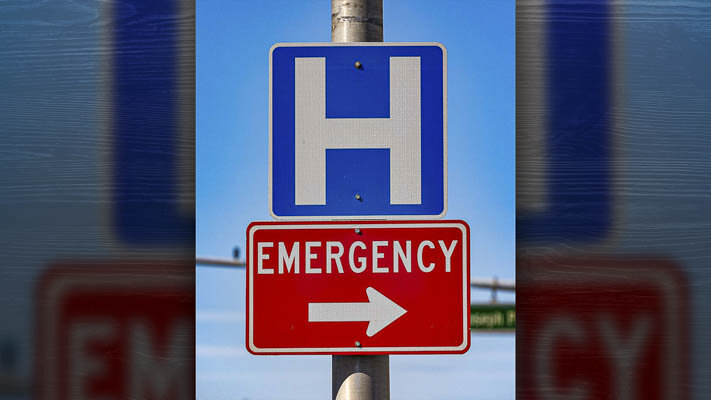
Plan set up to demand physicians violate their religious beliefs
A ruling from an appeals court has, for the time being, blocked a scheme by Joe Biden to alter the nation’s rules and regulations to force emergency room physicians to become abortionists.
According to a report form the ADF, the ruling is from the 5th U.S. Circuit Court of Appeals in a case in which Texas challenged Biden’s plan to change the rules, under the Emergency Medical Treatment and Labor Act, to force those abortion procedures.
The ADF called the ruling “a pivotal victory for women, children, and healthcare professionals.”
The change-up of the rules was part of Biden’s campaign after the Supreme Court overturned the faulty Roe abortion precedent to install abortion mandates throughout the government wherever he could.
Biden’s plan essentially said that should someone come into an emergency room wanting an abortion, the physicians would be required to provide that.
The organization represented the American Association of Pro-Life Obstetricians and Gynecologists and the Christian Medical and Dental Associations as well as the state of Texas, asking the court to keep in place a lower court ruling halting the Biden administration from employing the law to force doctors to provide elective abortions in emergency rooms.
The appellate judges agreed.
“Hospitals — especially emergency rooms — are tasked with preserving life. The 5th Circuit correctly ruled that the federal government has no business transforming them into abortion clinics,” explained Ryan Bangert, an official for the ADF.
“Doctors shouldn’t be forced to break the Hippocratic Oath, and they shouldn’t have to choose between violating their deeply held beliefs or facing stiff financial penalties and being barred from the Medicare program. Emergency room physicians can, and do, treat life-threatening conditions such as ectopic pregnancies. But elective abortion is not life-saving care—it ends the life of the unborn child—and the government has no authority to force doctors to perform these dangerous procedures. We are pleased that the courts are allowing emergency rooms to fulfill their primary function—saving lives.”
The court’s ruling said the EMTALA “does not require emergency room physicians to provide abortions.”
Instead, it prevents hospitals from refusing to treat patients who are unable to pay for emergency services—requiring hospitals to stabilize both pregnant women and unborn children in emergencies.”
The judges explained, “EMTALA does not mandate any specific type of medical treatment, let alone abortion. We agree with the district court that EMTALA does not provide an unqualified right for the pregnant mother to abort her child especially when EMTALA imposes equal stabilization obligations.”
Also read:
- Opinion: In-n-Out Burger is so much more than fast food for so many of usPaul Valencia shares why In-n-Out Burger means more than just fast food for countless fans as Ridgefield nears its grand opening and Vancouver’s location begins construction.
- Obituary: Stephen Lloyd Randol, 1945-2025Stephen Randol, a Clark County resident for over 80 years, passed away on June 15. A celebration of life is scheduled for July 26 at Northcrest Community Church in Vancouver.
- Opinion: Washington’s June 2025 budget revisions – revenue up spending up moreMark Harmsworth of the Washington Policy Center critiques the state’s latest budget revisions, warning that new taxes—not organic growth—are driving revenue. He calls for fiscal restraint and long-term reform.
- Washougal fourth graders take flight with hands-on birdhouse projectFourth-grade students in Washougal connected science, math, and hands-on skills through a district-wide birdhouse building project supported by high school mentors and community volunteers.
- Opinion: Pedestrian control signalsDoug Dahl explains Washington state law regarding crosswalks and pedestrian signals, offering safety insights and common misunderstandings about traffic control at intersection
- Letter: ‘How can five part-time legislators without research support or reliable access to information serve as an effective check on six full-time elected executives’Bob Zak expresses agreement with recent opinions on the Clark County Charter’s imbalance and endorses John Ley’s transit preference while questioning light rail costs and Council effectiveness.
- Cowlitz Indian Tribe and Columbia River Mental Health Services announce Letter of Intent to protect behavioral health servicesThe Cowlitz Indian Tribe and Columbia River Mental Health Services signed a letter of intent to transition behavioral health services under the Tribe’s care, ensuring service continuity across Southwest Washington.











